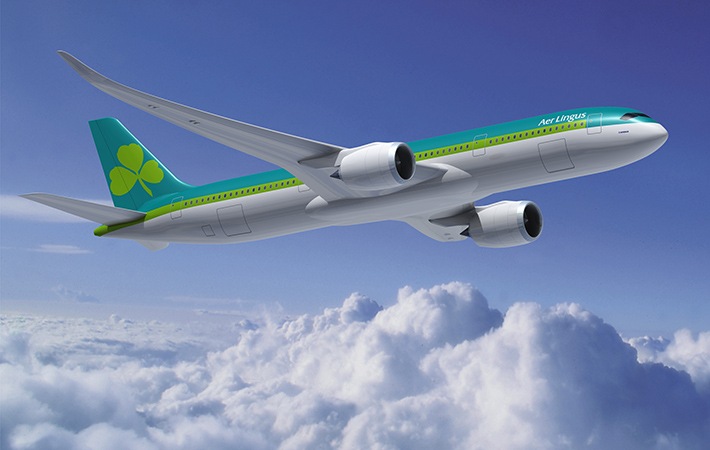On the 5th of November 2014, at Dublin airport, cargo driver John Murray fell from the dock and sustained fatal head injuries. He was unloading cargo at the warehouse and access to the designated pedestrian door had been closed. This meant he had to access the warehouse by climbing up and down a 3ft loading dock. He was climbing down from the dock, when he fell, was knocked unconscious and later died. It was 25 minutes before somebody found John and it’s not known whether he could have been saved, had somebody found him sooner. John underwent surgery, but sadly died in hospital several days after the fall.
Aer Lingus admitted that they did put non-employees at risks as the cargo drivers were required to access the loading bay from the 3ft dock. The company had identified this practice as a risk in 2007 and had written a safety procedure to minimize the risk. However, they had failed to implement the procedure and to ensure that adequate processes were in place to protect people working at height.
Falls from height remain the biggest cause of workplace fatalities, yet employers still fail to put safe working practices in place. Murray had not been identified as a lone worker by the business, yet he was working out of sight and sound of any another person at the time of his accident. This is what led to the 25 minute wait before he was found.
Because of the severity of injury caused by falling from height, response time is hugely critical and in this case, the company failed to respond as they weren’t aware the accident had occurred. Aer Lingus pleaded guilty for breaches under the Health and Welfare at Work Act, 2005.
The charges against them specified that they failed to ensure that adequate measures were in place to protect people from the risk of a fall from height and that there was a failure to implement their written procedure.
The offence stated that the company “regularly permitted or required drivers to access and egress the building via the loading bay itself”. The maximum fine applicable to this offence is €3 million, but as they entered their guilty plea early and had a good safety record their fine was reduced to €250,000.
HSE state that working at height should be avoided if possible. In this case, it was unnecessary for staff to access the cargo warehouse via the loading dock. Aer Lingus agreed that following the incident, access to the loading bay would be strictly supervised, to make sure cargo drivers were using the safest entrance.
Aer Lingus were able to stop unnecessary work from height, but for some business working at height is unavoidable. In these cases, safety procedures must be put in place. Protective equipment and clothing easily accessible as well as man down alarms to ensure that somebody is alerted in the event of an accident.
This case also highlights how important it is to implement written safety procedures. It’s not enough to identify a risk and agree on actions to reduce it, if those actions are not implemented. Employees need to be aware of safe work practices relating to a risk and be provided with the appropriate support to ensure they are able to follow the safety procedures.
Find out more about our lone worker safety app.
